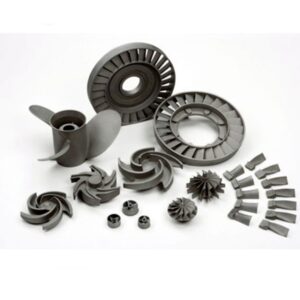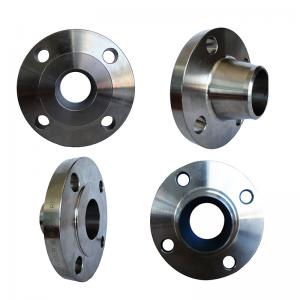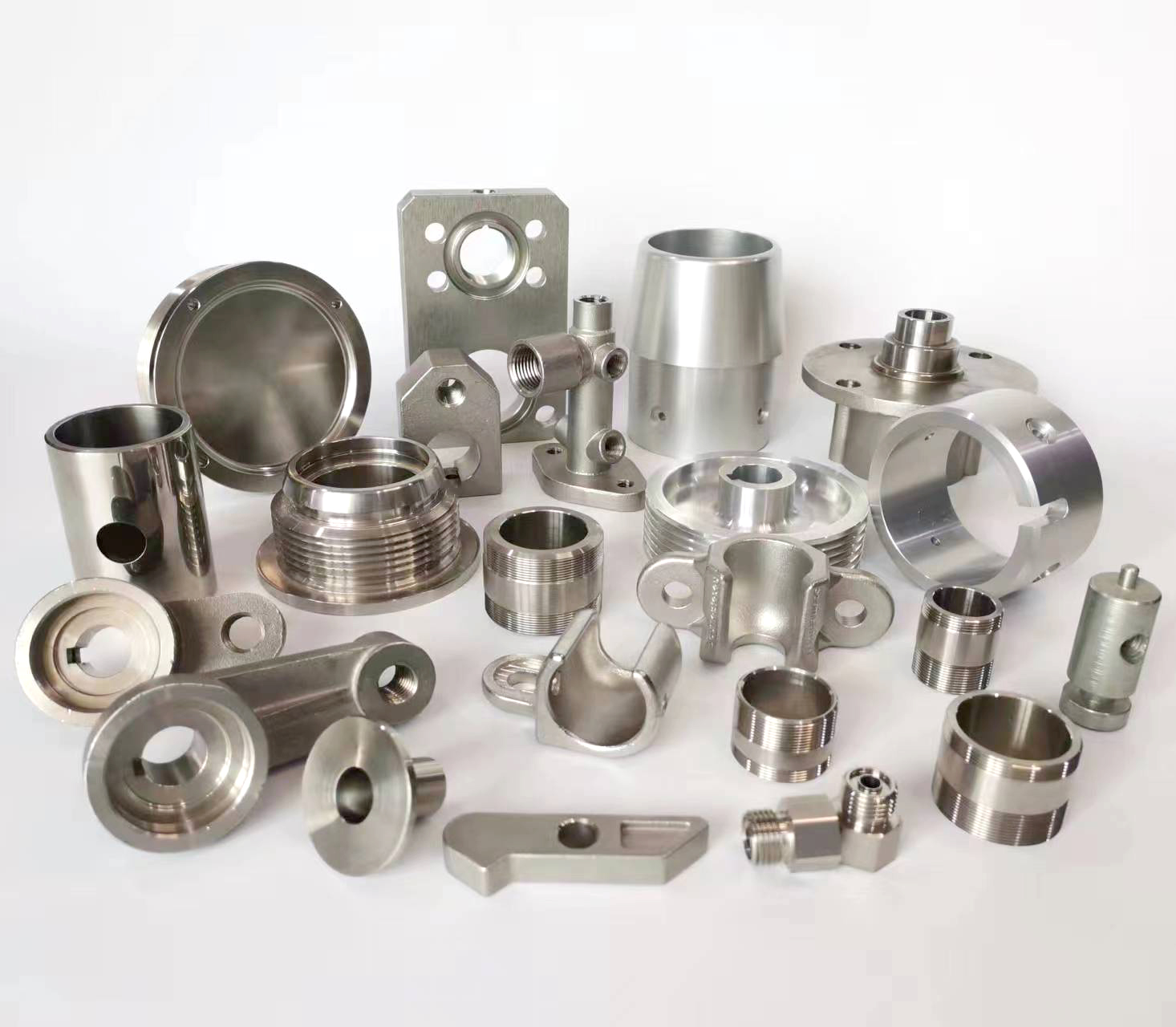| Feature | Forging | Casting |
| Grain Structure | Forging keeps the grain aligned with the shape of the part, which improves its strength. | This forms a new crystalline structure, which can lead to porosity and weaken the part from the inside. |
| Strength & Durability | Forged parts have better tensile strength, fatigue resistance, and impact toughness. | Cast parts generally have lower strength and resistance due to defects from porosity. |
| Complexity & Design | It is best for simple forms because it has a limited shape complexity. | Casting is ideal for complex designs. It can handle fine details and internal shapes with ease. |
| Tolerances & Finish | Forged parts often need machining to get exact sizes. They may also need extra smoothing for the surface. | Casting can give high precision, especially with methods like die casting. The finish is often smooth right out of the mold. |
| Cost & Volume | Forging costs more at the start. The dies and presses are expensive. But it’s cheaper for medium volume productions. | Casting usually has a lower unit cost when making many parts. Some casting types still have high mold costs, but they pay off in large runs. |
| Material Flexibility | Forging works with limited alloys and billets. Not all metals are easy to forge, especially if they’re brittle or melt easily. | Casting can process many alloys, including ones with high melting points. It’s more flexible when choosing materials. |






